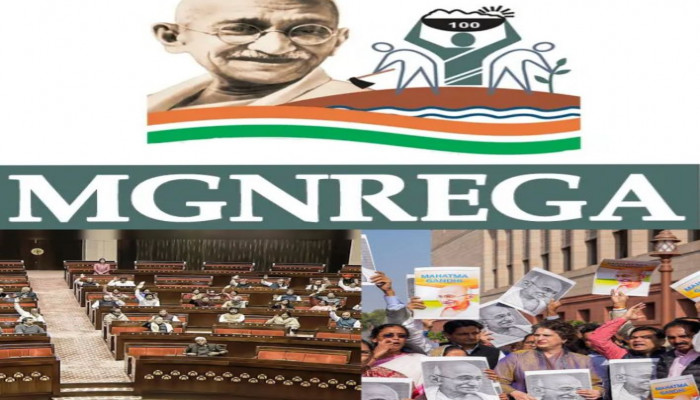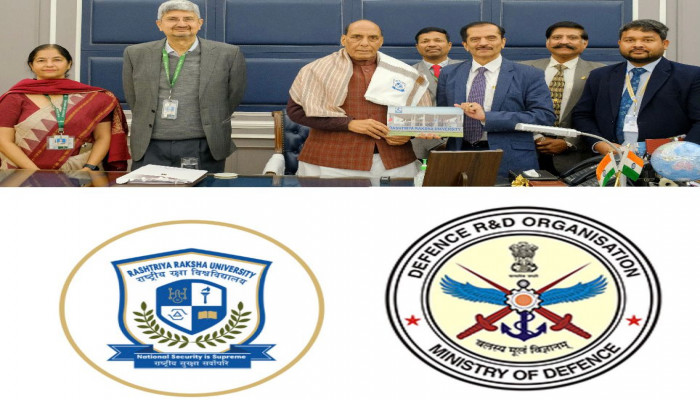- Dec 22, 2025
- Vladimir Adityanaath
Featured Articles
The Politics of Silence: Lynching of Dipu Chandra Das and Lessons for Hindu Society to Survive
Selective Silence, Elite Caution, and the Cost of Invisibility When mobs torched the offices of media houses like Prothom Alo and The Daily Star in Dhaka, after the death of Osman Hadi, foreign embassies moved quickly. Statements were issued. Joint condemnations followed. Press freedom was invoked, rightly, as a core democratic value1. But when Dipu Chandra Das, a Hindu factory worker, was lynched by an Islamist mob on fabricated allegations of blasphemy in the Bhaluka Upzila of Mymensingh District, the same diplomatic chorus fell conspicuously silent. The mortal remains of Dipu were hung from a tree and set on fire. This asymmetry is neither accidental nor is it mysterious. It reflects how modern diplomacy, international media, and political elites actually function. Why Embassies speak about media houses, but not Dipu Das Diplomatic statements are not moral judgments in isolation. Embassies speak when there is a narrative compatibility, institutional visibility and manageable risk. Attacks on media houses satisfy all three. They fit cleanly into the globally recognised frame of press freedom under threat. They involve institutions with international networks, editors who can amplify statements and NGOs that translate condemnation into sustained pressure. Most importantly, condemning attacks on journalists carries little diplomatic cost. A communal lynching of an individual, especially a Hindu in a Muslim-majority country, does not fit as neatly. It complicates narratives rather than reinforcing them. It raises questions about religious violence, social breakdown, and state capacity. Silence becomes the path of least resistance unless there is institutional pressure. Why Western media barely noticed Global media attention follows a similar structural logic. Newsworthiness is often decided by recognisability and geopolitical interests. Western media and international audiences instinctively identify with issues like Press Freedom and the security of Journalists. Dipu Das was an individual without an institutional voice. He did not belong to a profession with global solidarity networks. His death, however brutal, did not plug into a pre-existing media frame that editors could quickly deploy. In an age of short attention spans and narrative templates that often mean erasure, this is the silent cruelty of systems that privilege organised visibility over human depravity. They get away with it largely because Hindu society does not have a unified, organised international lobbying mechanism. Why India, too, remained publicly restrained India’s silence has a different logic, but it is no less troubling. Indian diplomacy operates under asymmetric vulnerability. A public statement condemning communal violence in Bangladesh risks becoming a spark in an already volatile environment, potentially worsening conditions for the very minority it seeks to protect. Historically, India has preferred quiet engagement, back-channel pressure, and avoidance of public moralising where it lacks direct enforcement leverage. Such a cautious and submissive approach carries a moral and strategic cost. Such a strategy remains viable because: 1) There is no political competition for Hindu votes. 2) Most of the Hindu ecosystem in India is still dependent on political patronage. 3) Elite detachment from civilisation: A significant part of India’s political class, across parties, does not view civilisational preservation as a core responsibility of governance. The modern Indian state inherited a colonial administrative mindset that treats cultural and civilisational issues as emotionally potent, politically inconvenient and best left unmanaged unless they threaten order. Many leaders, including those who personally identify as Hindu, operate on an unspoken assumption that the majority will adapt, absorb and endure. That belief breeds complacency. Cultural continuity becomes an expectation rather than a project, something that will somehow take care of itself while politics focuses on arithmetic, optics, and short-term stability. This is not always malice or cowardice. It is an incentive failure. Civilisational neglect carries little immediate political cost. Decisive cultural positioning, by contrast, carries domestic and international risk. The result is a political elite more comfortable managing power than articulating meaning, more fluent in constitutional process than in civilisational responsibility. What this episode really reveals The tragedy of Dipu Chandra Das exposes an uncomfortable truth: in the contemporary world, visibility for human rights is mediated through institutions. Those without organisational backing, international advocacy networks, or narrative utility are easily ignored even when the crime against them is extreme. Moral gravity alone does not guarantee attention. Communities that assume moral expectation will substitute for institutional presence pay a disproportionate price. What Hindu society must internalise If there is a lesson here, it is not about outrage. It is about capacity. Survival (cultural, political, or civilisational) and expansion depends less on numbers or historical grievance than on institutional competence. That means: · Documentation before denunciation: facts, timelines, evidence, archives. · Institutions over impulses: legal aid funds, research bodies, media monitoring groups. · Narrative discipline: precise language that withstands scrutiny and cannot be dismissed as rhetoric. · International literacy: understanding how global advocacy works, · Economic and professional networks capable of sustaining long campaigns, not just moments of attention. · Community Manifestos at regional, national and international levels None of this is dramatic. None of it trends easily. But that is how communities avoid invisibility. A closing thought The silence surrounding Dipu Chandra Das is not a verdict on the value of his life. It is a mirror held up to how power listens and how often it does not. Civilisations do not survive because elites suddenly discover courage. They survive when societies make neglect expensive, when silence carries consequences and when cultural continuity is treated not as an inheritance, but as a responsibility. History suggests that only one of these paths endures. References 1) https://www.thedailystar.net/news/bangladesh/diplomacy/news/un-intl-rights-groups-condemn-attack-media-4062211- Dec 22, 2025
- Dr. Vineet Singh & Dr. A. Adityanjee












